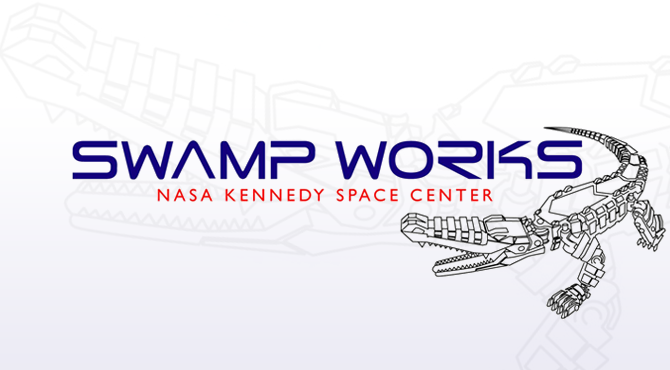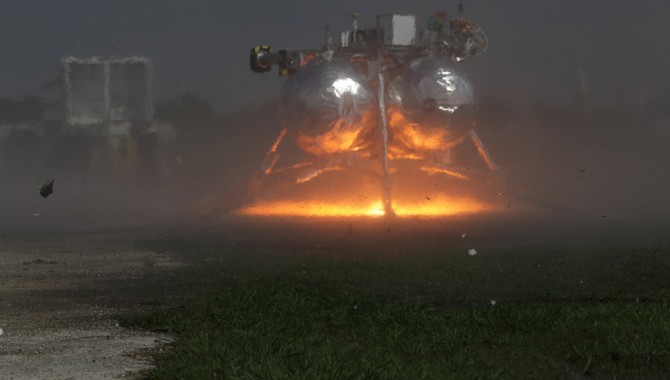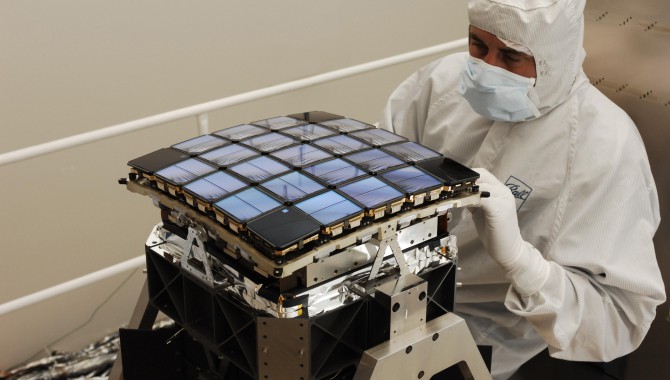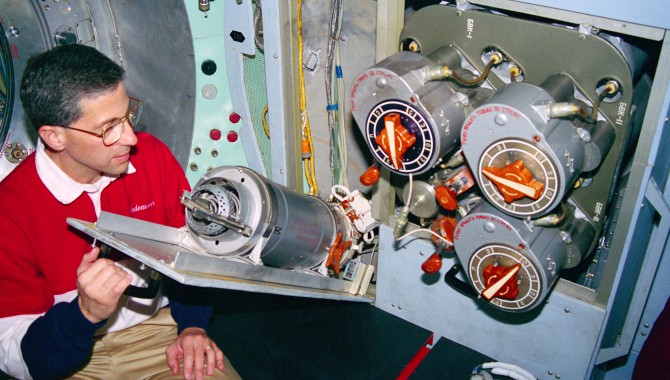
By Kerry Ellis After the retirement of the Space Shuttle and completion of the International Space Station, NASA has been looking toward what’s next in human space exploration.

By Kerry Ellis After the retirement of the Space Shuttle and completion of the International Space Station, NASA has been looking toward what’s next in human space exploration.

By Kerry Ellis Future human space exploration will mean getting beyond low-Earth orbit—and returning safely. Several projects across NASA are working on the challenges that goal presents, among them propulsion alternatives and guidance, navigation, and control. Three years ago, Project Morpheus and the Autonomous Landing and Hazard Avoidance Technology project, or ALHAT, began collaborating on advances in these areas.

By Kerry Ellis Astronaut Don Pettit began his career with NASA seventeen years ago and has since flown on three spaceflight missions.

By Kerry Ellis Seven years ago, I was hired as an editor for NASA’s ASK Magazine. Being a rare English major math minor hybrid and a generally curious sort who liked taking things apart to see how they worked, I was thrilled for the opportunity to get an inside look at NASA.

By Kerry Ellis Radiation is one of many hazards in space exploration. It causes electronics to fail, degrades sensitive instrumentation, and affects astronaut safety—just a few of the things NASA protects against when launching missions to space.

By Kerry Ellis Navigating to alien planets similar to our own is a universal theme of science fiction. But how do our space heroes know where to find those planets?

In 1999, the Wide-field Infrared Explorer (WIRE) lost its primary mission thirty-six hours after launch. Those who worked on WIRE, which was the fifth of the Explorer Program’s Small Explorer-class missions, thought they had done what they needed to achieve success.

Supplying oxygen is only one of many life-support necessities for human spaceflight, but it’s obviously one of the most vital.

By Kerry Ellis Knowledge obtained from decades of exploration and discovery, in space and here on Earth, would remain unknown if no one learned about it.